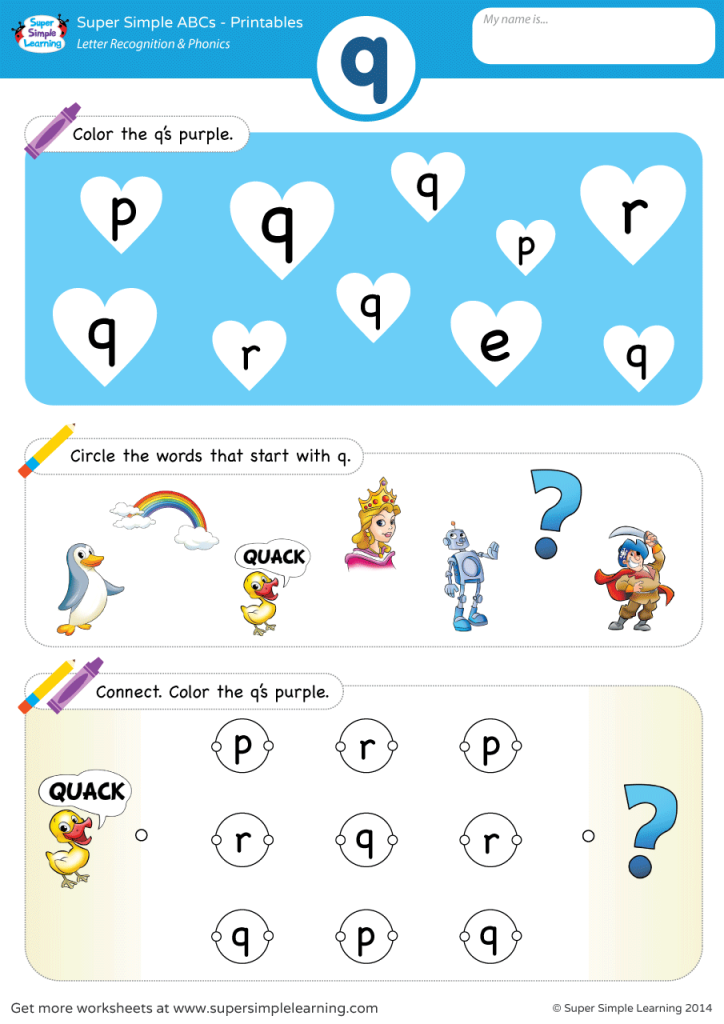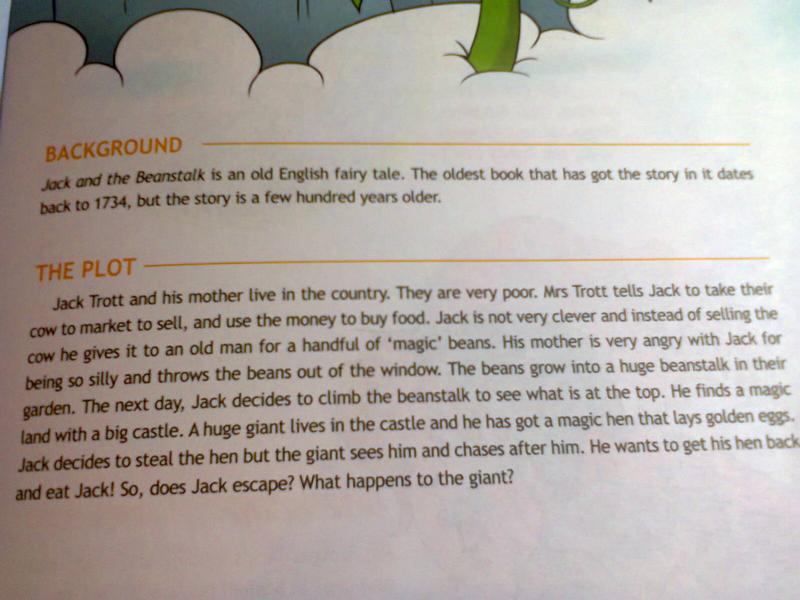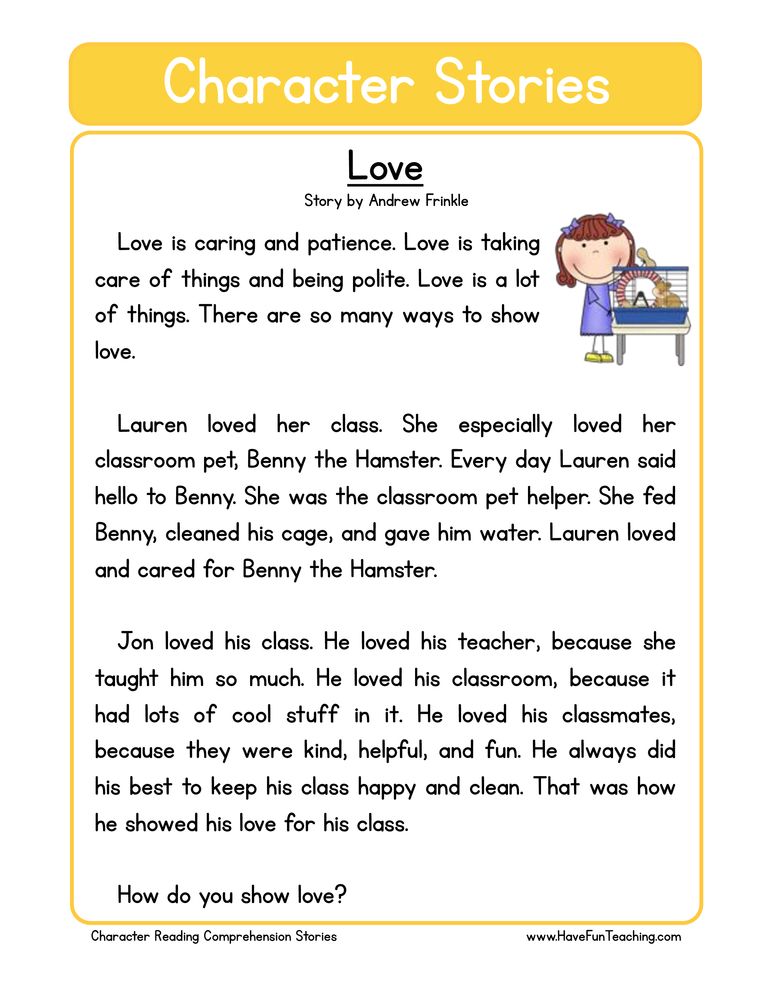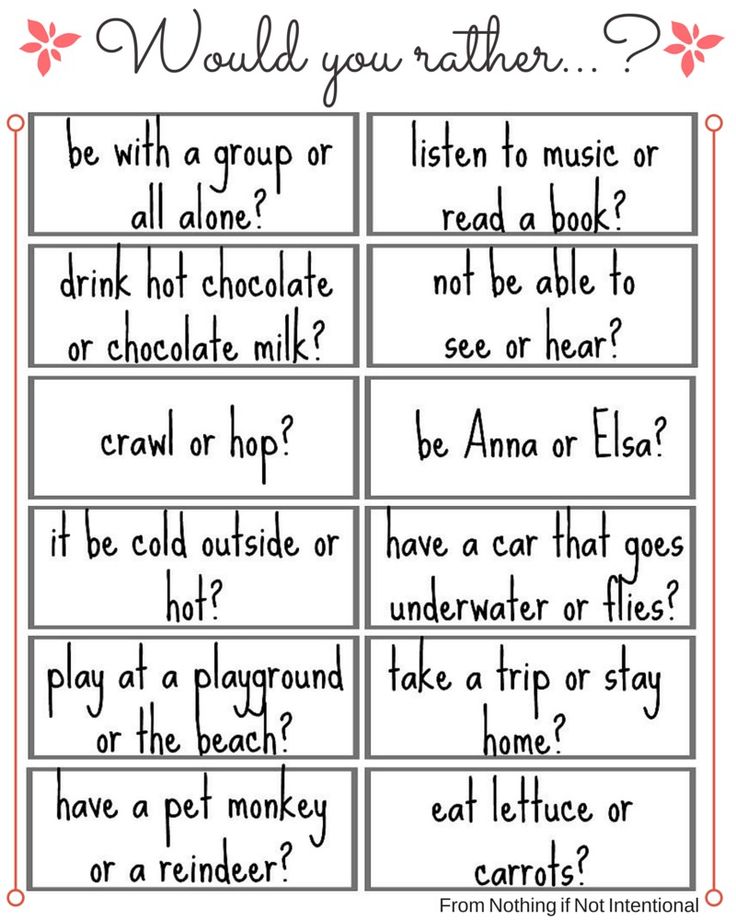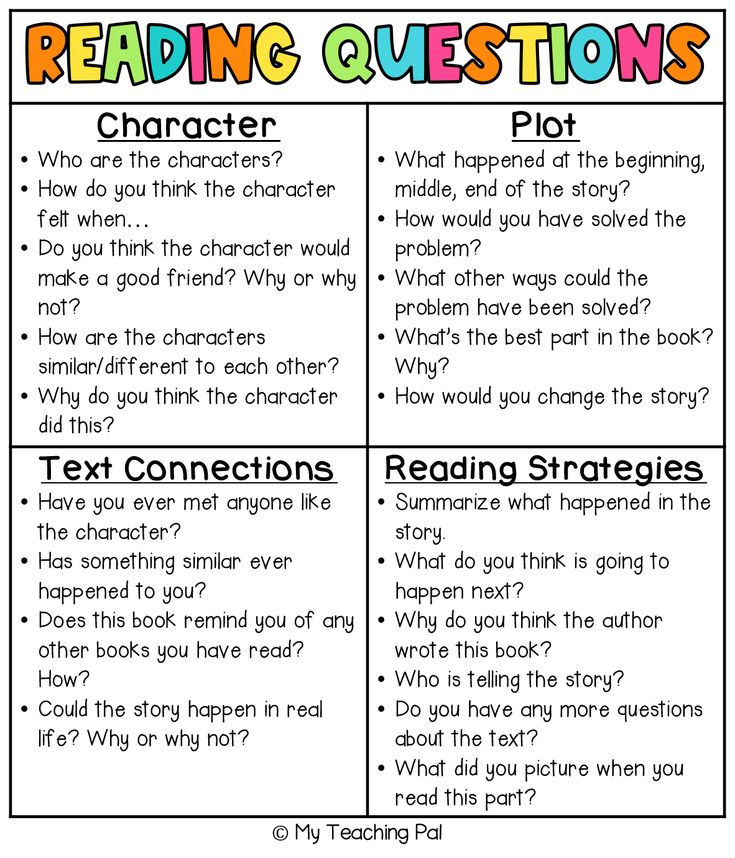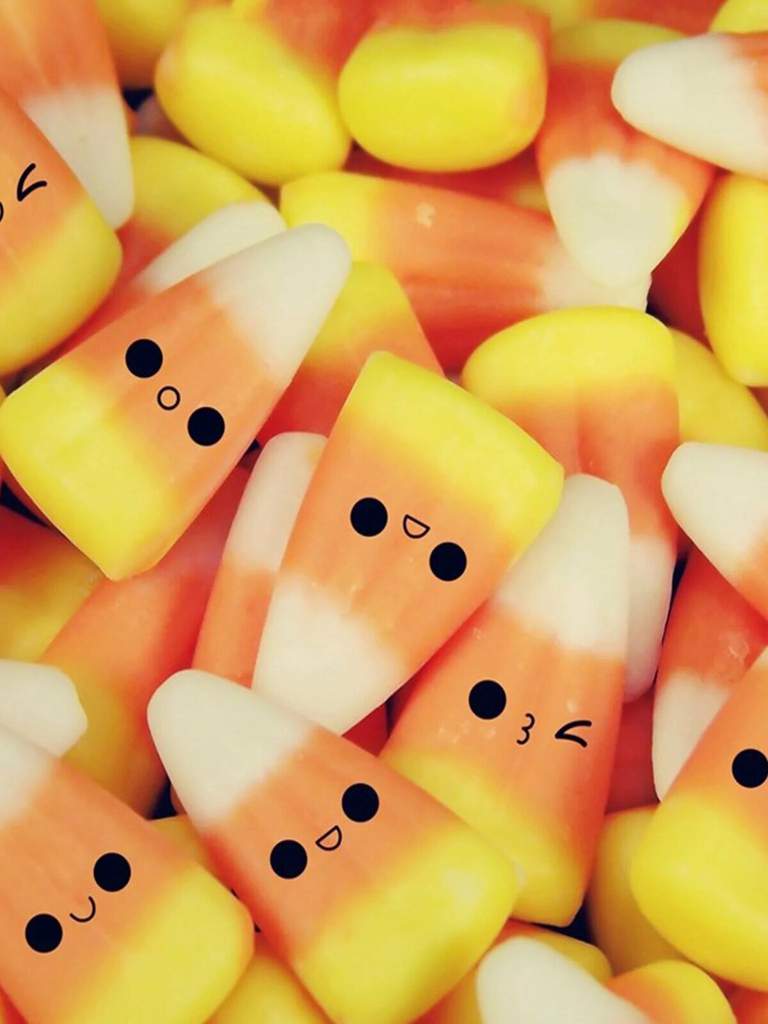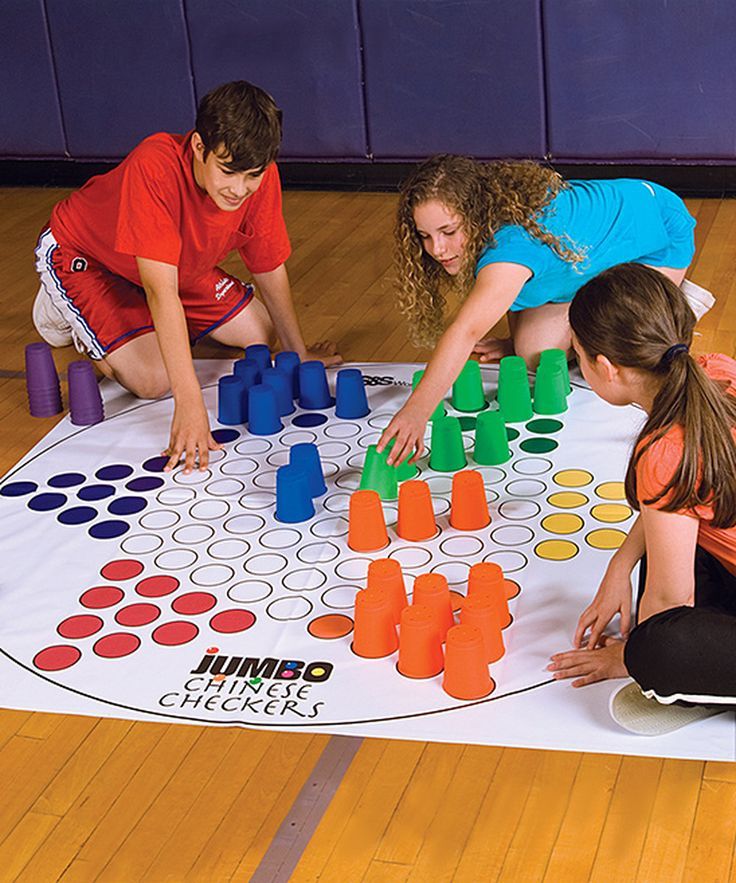Shapes preschoolers should know
The Ultimate Guide to Teaching Shapes to Preschoolers
Here is everything you need to know about shapes for preschoolers! We’ll learn all about how to teach naming, constructing, and comparing 2D and 3D shapes – and why they’re important.
Giving preschoolers the tools they need to be successful in math is essential. A robust preschool math curriculum will include instruction in all five disciplines of math. This includes teaching preschoolers within the geometry discipline; aka: shapes!
What You Need to Know About Teaching Shapes to Preschoolers
There are so many fun, hands-on shape activities to do!The Importance of Learning Shapes in Preschool
Learning shapes is the most basic skill within the geometry discipline of math, so it makes sense that we spend plenty of time teaching our preschoolers about shapes. But there’s more to shapes than just their names.
Shapes are the foundation of geometry! In a preschool setting, geometry skills include identifying shapes, comparing shapes, differentiating between shapes, and creating shapes.
Learning shapes helps children identify and organize visual information. Learning shapes also helps children understand other signs and symbols, such as street signs or icons on a computer app. Teaching shapes to preschoolers encourages them to visualize and connect to the world around them.
Additionally, preschoolers apply what they know about numbers to each shape. How many sides does a square have? A triangle? How can we apply that knowledge to a circle which has no flat sides?
Can you make the three sides of a triangle?What Does Geometry Look Like in Preschool?
Geometry is a lot more than simply knowing shapes. It’s also about how to manipulate those shapes and how to fit them into different special concepts.
Geometry is one of the six primary strands of math that is considered foundational to later mathematical learning. Basic geometric principles connect directly to other mathematical concepts and skills, such as naming, constructing, comparing, and sorting, and children as young as early toddlers are developmentally ready to explore basic geometric principles.
During the toddler and preschool years, children amake connections in geometry by analyzing the properties of two and three-dimensional shapes. A box has corners and can be stacked, a ball is round and can be rolled.
Children practice composing by building, and decomposing by taking apart shapes. If a square is smooshed, it becomes a rectangle, if a circle is smooshed, it becomes an oval.
They interpret direction by using location terms such as “above” and “next to.” The amount of learning that takes place while playing with shapes, two-dimensional or otherwise, should not be underestimated.
Geometry Skills in Preschool Also Include the Following:
- Knowledge of shape names
- Knowledge of some shape attributes (a circle is round, a triangle is pointy)
- Completing 16-24 piece puzzles
- Stacking blocks
The Power of Spatial Awareness at an Early Age
Playing with shapes develops spacial relationships and knowledge of relative positions, and can require immense amounts of planning, such as the child who builds a tower like the one in her favorite storybook..jpg)
Preschoolers learn that they can combine two squares to make a rectangle. Or that triangles can be combined in different orientations to create a semi-circle.
What happens when we turn a shape upside down? Is it still the same shape even if it looks different? These skills develop spatial reasoning and spatial orientation which develops problem-solving and critical thinking skills.
For example, completing puzzles is a beginning geometry skill. Children are given a shape of some sort to fit into another shape, thus requiring them to manipulate the puzzle piece within a set space.
Sounds a bit like developing spatial awareness, right? It certainly is, and that’s an important skill for preschoolers as they are learning, even, how to manipulate their bodies to fit in the available space. Ever seen a preschooler try to sit on a specific mat during circle time and completely miss it? That’s not just a lack of coordination, but rather a spatial awareness skill that lacks development.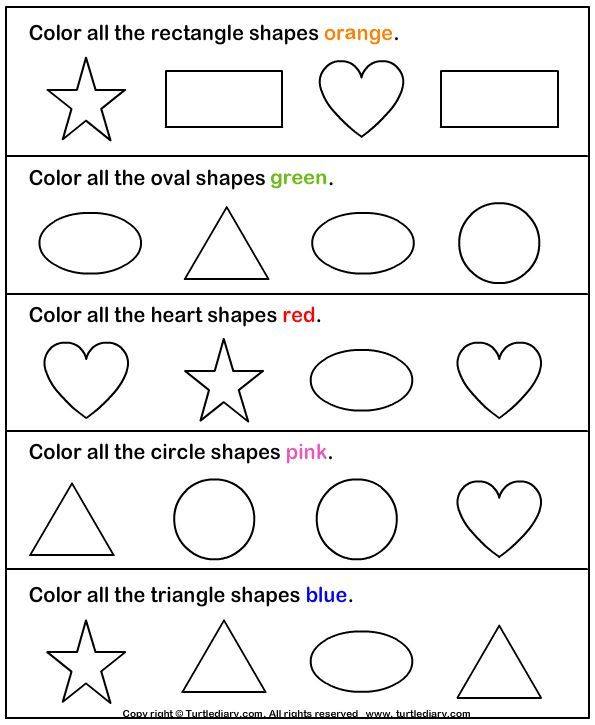
What Are Some Tips For Teaching Shapes in Preschool?
When teaching shapes in early childhood, it’s important to provide authentic and real-life practice with shapes as often as possible. Use engaging and interesting manipulatives, rather than strictly paper and pencil tasks. Here are some of our go-to’s!
Quality preschool shape activities can be found all over the classroom. There are hands-on, active opportunities to discuss, interact, and “play” with shapes in almost every corner of the classroom. The plates in the dramatic play area, the pattern on the baby doll’s clothes, and the squares on the calendar for each day of the week extend the shape exploration beyond the math center. Invite children to pay attention to their world and you’ll be amazed at what they detect!
Fun Ways to Teach Shapes
The more variety and the more hands-on learning activities you can offer, the better your preschooler or toddler will learn. For success in teaching shapes for prek and preschool, try some of these tips:
- Make a fun shapes sensory bin using shapes from around the house or classroom, foam shapes, or even cut out shapes from magazines.
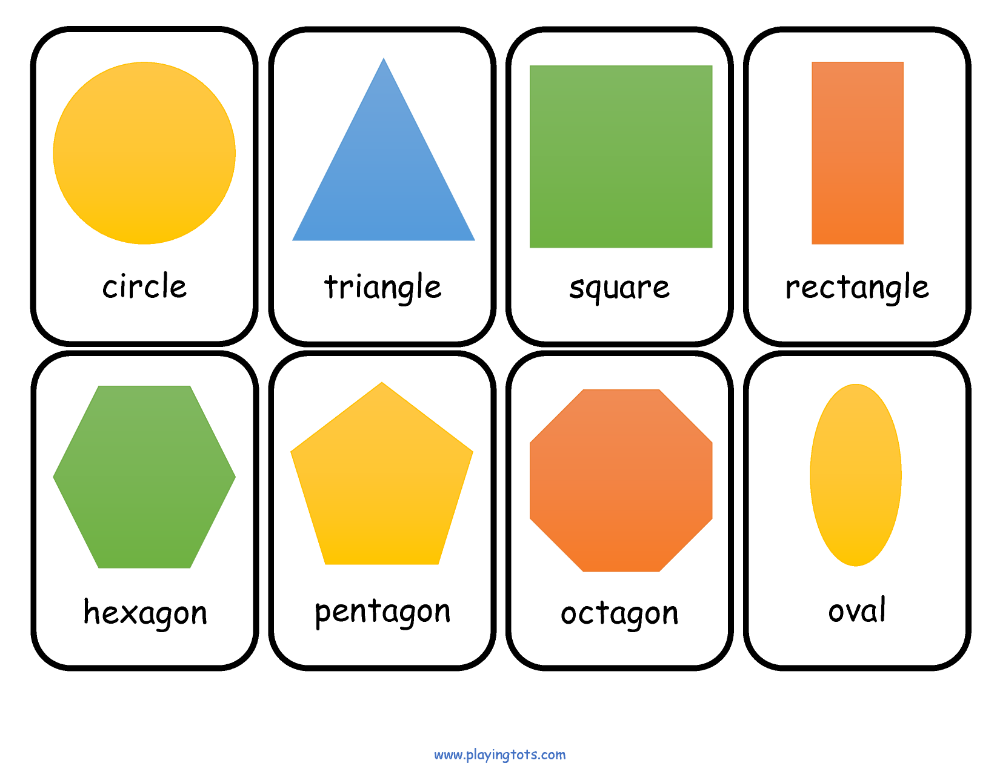
- Use printable shape mats.
- Read high-quality books about shapes. See our suggestions below!
- Hide shapes around the room and seek them out.
- Hunt for shapes in real life and make connections between 2D and 3D shapes.
- Use manipulatives such as pattern blocks, geoboards, playdough, popsicle sticks, and various craft items to encourage shape creation and manipulation.
- Cut out shapes from construction paper and glue them together to make artwork or shape collages.
Teachers can help build on these concepts by asking questions such as:
- How do you know how many sides?
- Can you tell me more about that?
- How can we use these shapes in a different way? Can we turn the shapes or combine them to make a new shape?
- What happens if you try that again? Is it the same?
- Can we compare this 2D shape to this 3D shape? How are they alike? How are they different?
Children are naturally curious and might notice that triangles come in different variations and sizes but are still considered a triangle because they have three sides. Encourage creativity and provide opportunities for children to develop their spatial awareness skills by fitting different shapes together to make new shapes.
Encourage creativity and provide opportunities for children to develop their spatial awareness skills by fitting different shapes together to make new shapes.
Use Shape Picture Books!
Another amazing resource for teaching shapes to preschoolers is picture books! These age-appropriate books break down the various shape names, the difference between two-dimensional and three-dimensional, and the fun of finding shapes in our everyday life. Here are some of our classroom favorites!
Get the Daily Lessons in Our Shapes Preschool Unit
Free Shape Activities for Preschoolers
The Secrets to Teaching Math to Preschoolers
Teaching math is an enormous task, and setting the foundation for our youngest learners is a lot of pressure.
That’s because there is a lot that goes into teaching math. It’s comprehensive and systematic. And learning shapes is only one piece of the puzzle.
Mathematicians indicate there are five disciplines of math (like mentioned above) that should be taught, which are as follows:
- number sense – the development of a deep understanding of numbers and the number system, to compose and decompose numbers and understand their various relationships
- algebra – the understanding of patterns and relationships, including sorting and categorizing
- geometry – the understanding of spatial relationships, prepositional terms, and the properties of two and three-dimensional shapes
- measurement – the ability to make comparisons and order, understanding measurable attributes
- data analysis and probability – (you are here) understanding data as a means of sharing organized information and understanding that certain variables affect data
Get Daily Lessons in Preschool Mathematics
Remember how I said that teaching math to preschoolers is systematic? That means you can’t put the cart before the horse.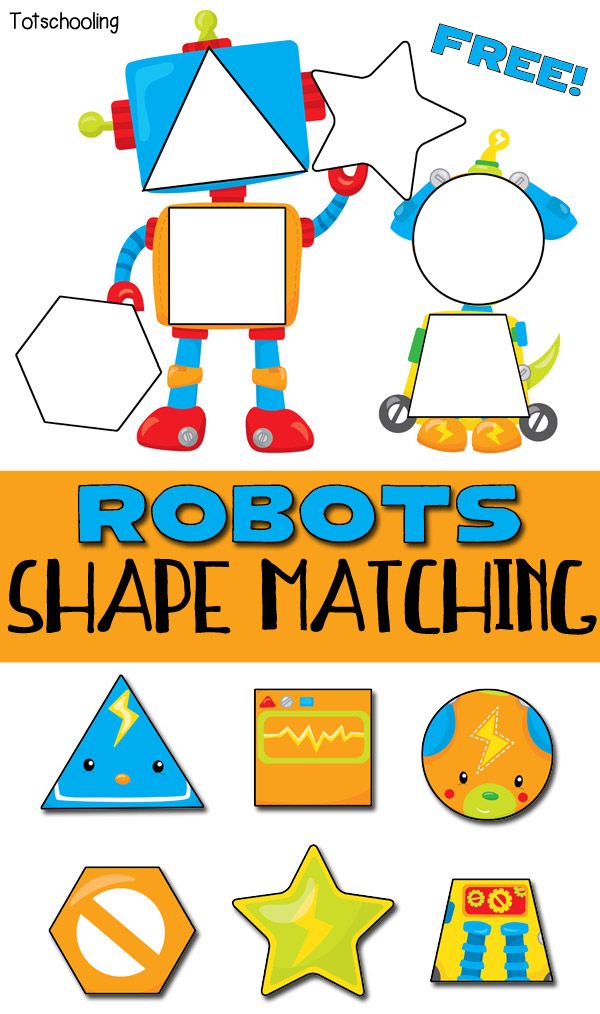 When it comes to teaching math, the skills need to be taught at the right time and in the right order.
When it comes to teaching math, the skills need to be taught at the right time and in the right order.
Make teaching preschool math easy with done-for-you Daily Lessons in the Preschool Mathematics Curriculum.
Lauren Vaughan
I am an educator, book enthusiast, and a stay at home momma to two precious and long-awaited littles. My degree is in Early Childhood Education and Curriculum and Instruction and I have spent the last 15 years working with young children. I feel very fortunate to have this time to watch my babies grow and I can’t wait to share my passion for learning and reading with you!
Teaching Shapes in Preschool
Do you teach shapes in your preschool or pre-k classroom? If you’re looking for fun, hands-on activities for teaching shapes that will get your kids excited about learning, then you’re in the right place!
Teaching Shapes in Preschool
Learning about 2D shapes is an important early math skill. There are so many different ways to teach your little learners about shapes, but the most effective methods will be those that provide opportunities for hands-on learning.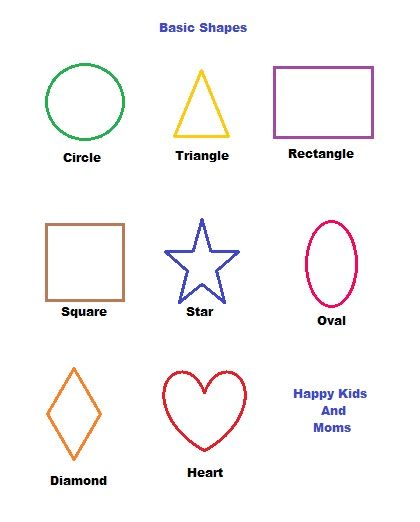
2D Shape Activities
Shapes are a Skill
This might be a surprise to some, but shapes are a skill, not a unit of study. A skill develops over time and needs to be reviewed and reinforced throughout the year.
Teaching Shapes with Manipulatives
Your little learners will benefit the most from exploring and creating with shapes all over the classroom, not just in the math center.
You can put shape manipulatives like pattern blocks, geoboards, and magnetic shapes in your classroom centers. I like to keep a color and shape bingo game in my puzzles and games center all year long.
Hands-On Learning
If you really want your students to learn shapes, you can provide them with hands-on activities for learning shapes all year long.
These road shape mats pictured above are a perfect example of a fun, hands-on learning activity your kids will love!
Embedding shapes into your units of study is a more effective approach because it will help your kids learn and remember the names of the shapes being taught.
Pattern Blocks
Another fun way for teaching shapes is to use pattern blocks. These pattern block mats are the perfect shapes activity.
Your little learners will be practicing shape matching, and they’ll also be flipping and turning the shapes on the mat. Matching, flipping, and turning shapes is the foundation of geometry.
Geoboard Shapes
These geoboard shapes task cards can be used all year long. Not only are they fun for your kids to use, but they’re also great for developing those important fine motor skills.
Craft Stick Shapes
Making shapes with craft sticks is a super fun and inexpensive way to learn shapes! Use these done-for-you craft stick shape cards to create a hands-on shape learning experience your kids will love!
Play Dough Shapes
Do your kids love playing with play dough? These play dough shape mats are a great way to introduce shapes to your little learners! They’ll love rolling “snakes” and making shapes on their mats.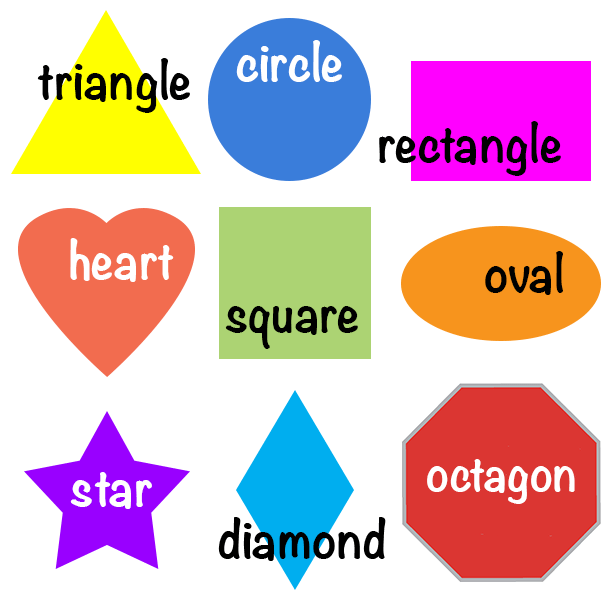 They’ll also be developing visual discrimination skills by searching for the picture that doesn’t belong and fine motor skills with tracing.
They’ll also be developing visual discrimination skills by searching for the picture that doesn’t belong and fine motor skills with tracing.
Teaching Shapes
When teaching your little learners about shapes, remember to talk about how many sides each shape has. Don’t be afraid to use real math language, like sides and vertices. Using real math language will help your students develop important academic vocabulary.
When you use shape manipulatives in your classroom, your little learners can feel, touch and count the number of sides and vertices each shape has. You can even talk about how a circle doesn’t have any sides or vertices!
Shapes in the Math Center
You can also incorporate shape activities into your math center throughout the year to reinforce shape recognition.
Shape Books
More Math Ideas from Pre-K Pages
Related Links
Prekinders
What should a child know and be able to do before school? Requirements, questions and advice to a future first-grader
What are the admission requirements for a first grader?
The official list of questions for preschoolers to which the child must know the answer before school does not exist.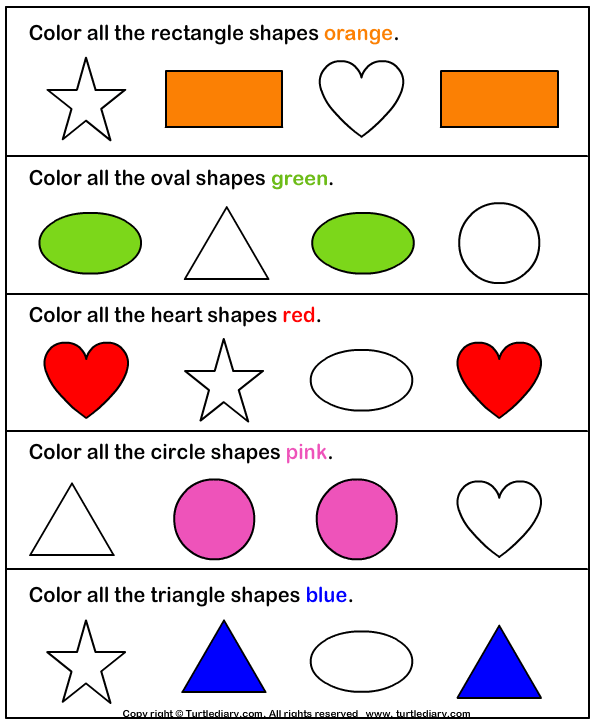 According to the Law of the Russian Federation "On Education", admission to the first the class of state and municipal educational institutions is prohibited to carry out on competitive basis.
According to the Law of the Russian Federation "On Education", admission to the first the class of state and municipal educational institutions is prohibited to carry out on competitive basis.
Every child aged 6.5-8 who has no health contraindications has the right to enroll to first class. However, at the request of the parents, the school may accept the child at an earlier or later age. The reason for the refusal can only be the lack of vacant places in it.
In total, are all the requirements for admission to grade 1 conditional? Not certainly in that way.
To help parents figure out what to teach their child before school, we prepared this review.
Knowledge and skills that will be useful to a first grader
Educational institutions that prepare children with outstanding abilities, often they test and interview those who want to learn from them.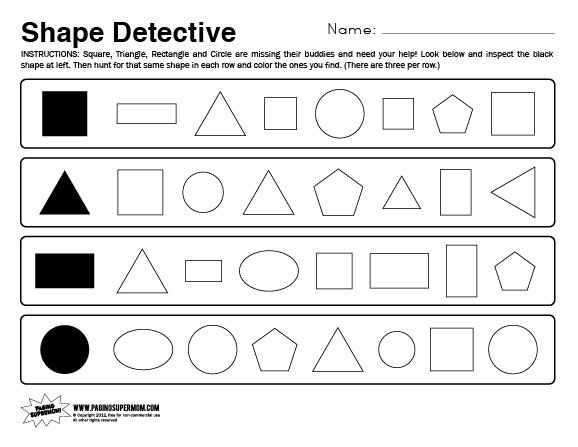 Some schools post on the site criteria for a child's readiness for school, and teachers expect a certain level of preparation children. In the school chosen for admission, it is also worth clarifying what the child usually asks psychologist, whether written testing is carried out.
Some schools post on the site criteria for a child's readiness for school, and teachers expect a certain level of preparation children. In the school chosen for admission, it is also worth clarifying what the child usually asks psychologist, whether written testing is carried out.
Most often, the necessary knowledge and skills are divided into 4 blocks: "General development", "Logic and thinking”, “Reading and speech”, “Mathematics”.
It is useful to independently test a preschooler according to the main criteria in any case. We collected questions and tasks that will help the future first-grader gain self-confidence, and you - peace and a sense of accomplishment.
Questions for general development.
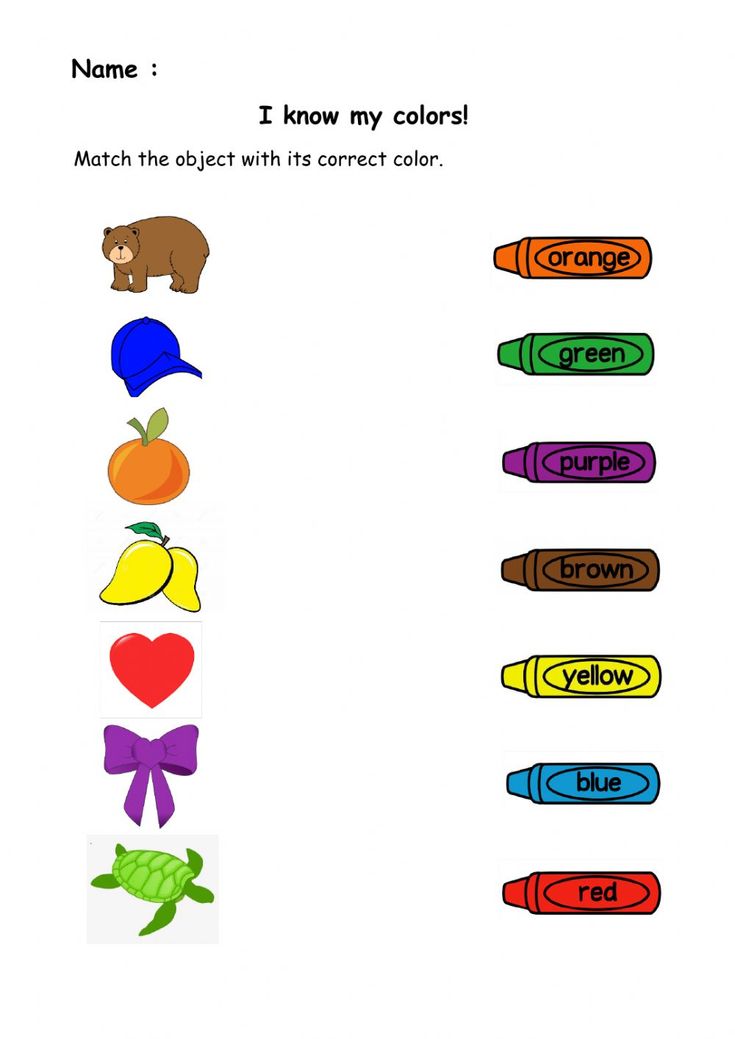 "The world"
"The world" To understand whether an older preschooler has basic knowledge for his age, take a walk with him on the following questions:
1. Me and my family
- What is your name? State your last name and patronymic.
- How old are you? When's your birthday?
- Give the name and patronymic of your mother, your father. Who do they work?
Do you have a brother or sister, how old are they?
What is your home address and phone number? What city do you live in? What is the name of your country? What other countries can you name?
2. Nature
What phenomena of nature and weather do you know? What is the difference between snow and hail? Thunder from lightning?
Name the colors you know.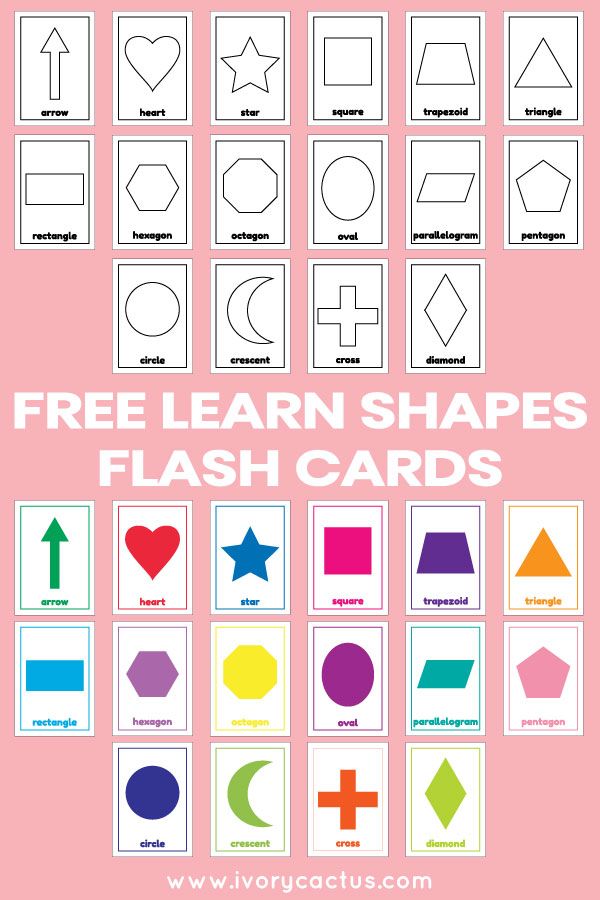
Think about the plants you know. Name the types of trees and flowers. How are trees different from bushes? What fruits can you name? What about vegetables? Berries? How are fruits different from vegetables and berries?
- List the animals you know. What about insects? How are animals and birds different? birds and fish? How to distinguish wild animals from domestic ones? Name migratory and wintering birds, birds of prey and herbivores. Why are they called that?
Riddles from LogicLike will help you check your knowledge:
- about live and inanimate nature;
- about wild and pets;
- about birds.
Thematic tests around the world
- Who are the animals?
- Wild and pets
- What are the plants?
- What are the birds?
- Who such fish?
- Insects.
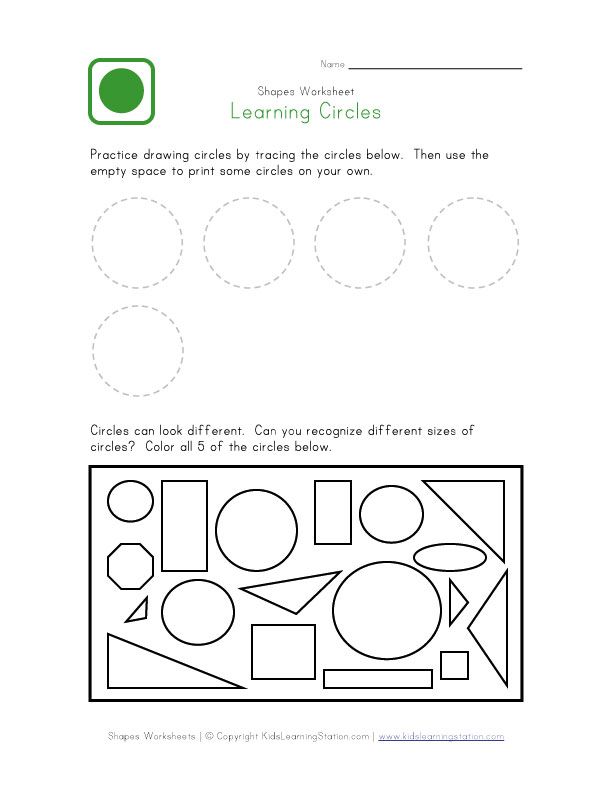
3. Time and space
Name the parts of the day in order. How is day different from night? What is more: a minute or an hour, a day or week, month or year?
List the days of the week in order. Name the spring, summer, autumn, winter months of the year. How months in a year? How many days in a month? And in a week? How many hours in a day?
What object is needed to measure time? Talk at a distance? Watch the stars? Measure weight? Know the temperature?
- Show me where is "right" and where is "left".
4. Professions
Name a few professions. What specialist teaches children? Healing people? Writes poems? Who composes music? Does he paint pictures? Building houses? Does he drive cars? Sewing clothes? plays in movies and theater?
5.
 Arts and sports
Arts and sports - What kinds of sports do you know? What sports require a ball, skates?
What famous writers and poets do you know?
6. Safety rules
- In what places and at what color of the traffic light do you need to cross the road? How would you do if is there a traffic light nearby?
7. Motivation
- Why do you need to study? Why are you going to school?
Focus on the issues that caused the child difficulty. Didn't remember the wild ones animals? It's time to look into the encyclopedia together or go to the zoo. Didn't work the first time explain how to cross the road? So, you need to consider the rules of the road for pedestrians in practice.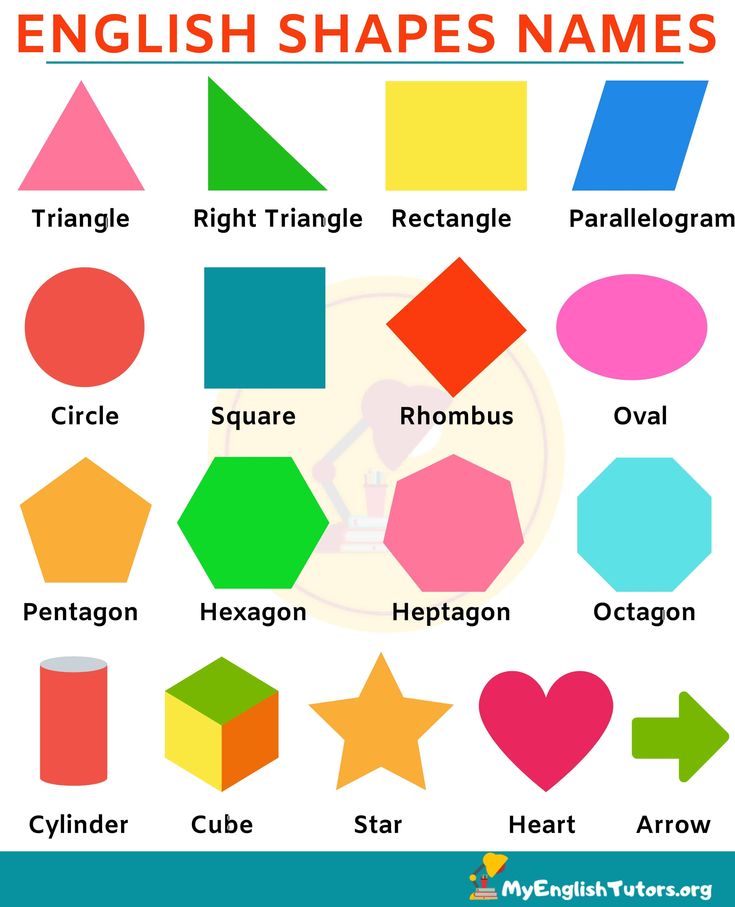
To decide tasks, click Start classes!
To decide tasks, click Start classes!
To decide tasks, click Start classes!
Introduce your child to the online platform LogicLike to increase his cognitive interest and set him up for a positive attitude to study.
Reading and speaking
By the age of 6-7, the child should easily memorize and retell small texts (3-5 sentences), read short sentences and understand their meaning. Also, make up your own stories. pictures and willingly share thoughts on a given topic.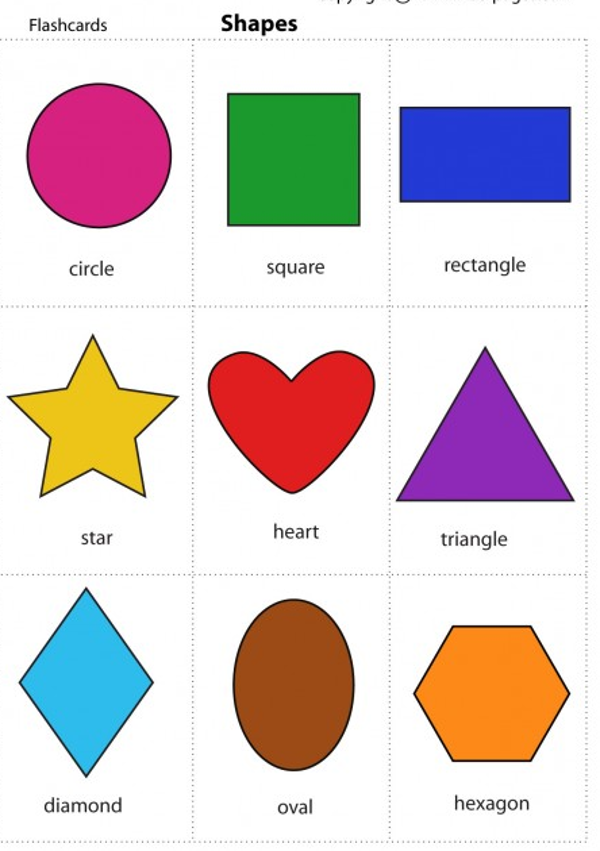 Question, exclamation, statement - senior a preschooler already understands intonations and knows how to express them.
Question, exclamation, statement - senior a preschooler already understands intonations and knows how to express them.
Also, the future first grader is recommended to know the alphabet; be able to distinguish letters from sounds, vowels from consonants; find the desired letters at the beginning, middle, end of the word; choose words for a given letter divide words into syllables.
In the article "How to teach a child read" we share ideas on how to competently approach the issue of developing reading skills with a preschooler and where to start classes.
Maths
By the first grade, the child has the first serious ideas about mathematics. He can count from 1 to 10 and vice versa, compare numbers of the first ten, solve simple problems with unit subtraction and addition.
Ability to solve simple mathematical problems for preschooler is not mandatory, but will definitely help the first grader feel confidently.
See also: How to teach preschooler addition and subtraction in mind?
It is not difficult for him to compare a pyramid with a ball in shape, length, width, height.
If your child does not fit the descriptions above 100%, this does not mean at all that he does not ready to go to first grade. Your task is to help the preschooler develop key abilities, ignite the desire to develop and learn new things.
Your interest and participation will help the child to pump over weaknesses and come to the first class prepared and self-confident.
Find time to work out with your son or daughter 2-3 times a week. And LogicLike is ready share your worries about preparing your child for school. start solve development problems!
What a child should know and be able to do by the first grade: knowledge for a first grader
According to the law of the Russian Federation "On Education", admission to the first grade of state and municipal educational institutions is prohibited through a competition. Any child aged 6.5–8 has the right to enroll in a school. But some things should be taught to the baby before the start of training - this will make it easier to adapt to a new rhythm.
Knowledge and skills for life
Family knowledge
Kindergarten graduates should easily navigate information about close relatives and their data. Full name, age, date of birth, what mom and dad work for, how old are the brothers and sisters.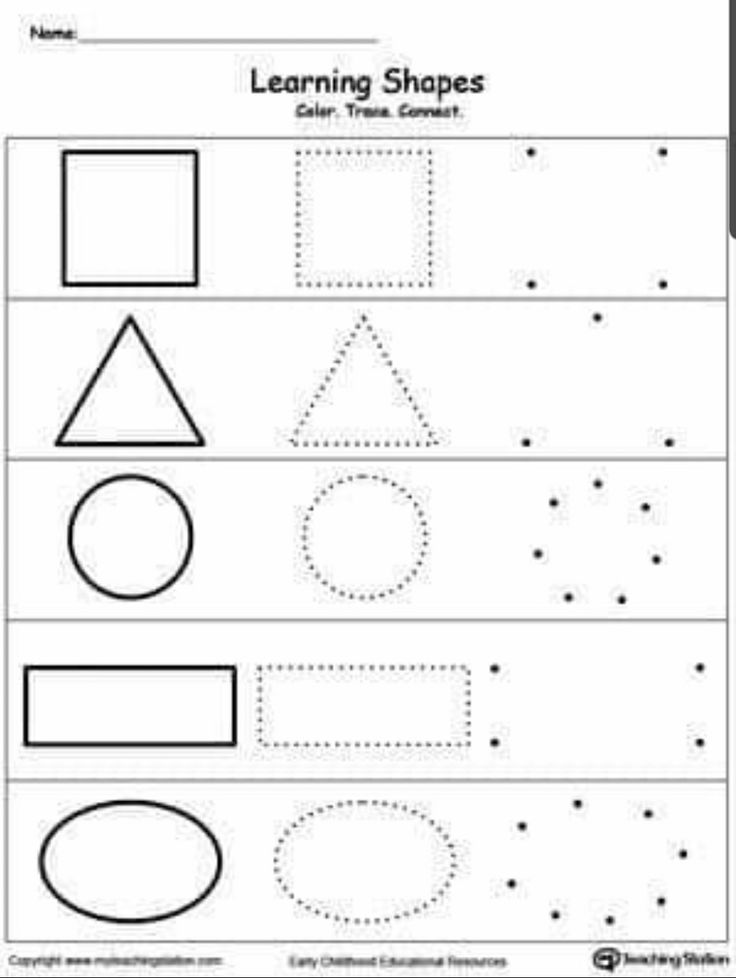 It is good if the child by the first grade knows by heart the phone number of one of the parents and the home address.
It is good if the child by the first grade knows by heart the phone number of one of the parents and the home address.
Knowledge of safety rules
It is assumed that the baby is familiar with the basic rules of behavior on the street: in what places and what color of traffic lights to cross the road, what to do if the traffic light is not visible, is it possible to leave with a stranger without the knowledge of parents. This is the minimum knowledge of safety that a child should have by the first grade.
Speech development
It is important for a child to speak clearly and distinctly, to distinguish between male and female, to determine the sound in a word, to select simple synonyms, to be able to describe objects, build a dialogue, choose the superfluous in a row and generalize.
Soft skills
Soft skills (“soft skills”, “soft skills”) are universal skills that help a person to be successful regardless of the chosen profession or place of work.
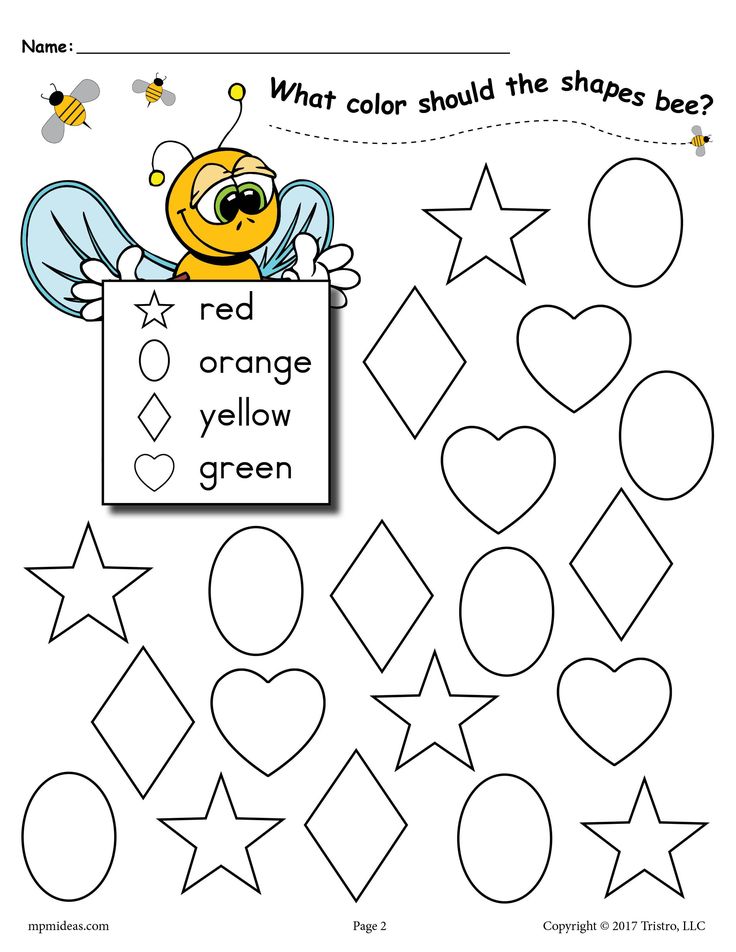 We can say that this is the base of certain skills on which success and efficiency are based.
We can say that this is the base of certain skills on which success and efficiency are based. Soft skills develop throughout a person's life. It is important to lay their foundation already at the senior preschool age, so that it would be easier for the future first-grader to adapt to new living conditions.
Mindfulness and the ability to concentrate
This is the main skill through which all others are formed.
At the moment everyone is surrounded by a huge flow of information. Adults absorb it, sometimes without even thinking. And the children repeat. In order to memorize new things and be able to apply this knowledge in practical life, it is first necessary to develop the ability to concentrate and maintain attention. Without this, it is impossible to learn and achieve success.
Critical thinking
The ability to defend one's point of view and not take everything on faith. It is worth explaining to the child how important it is to check the information, question it and ask questions.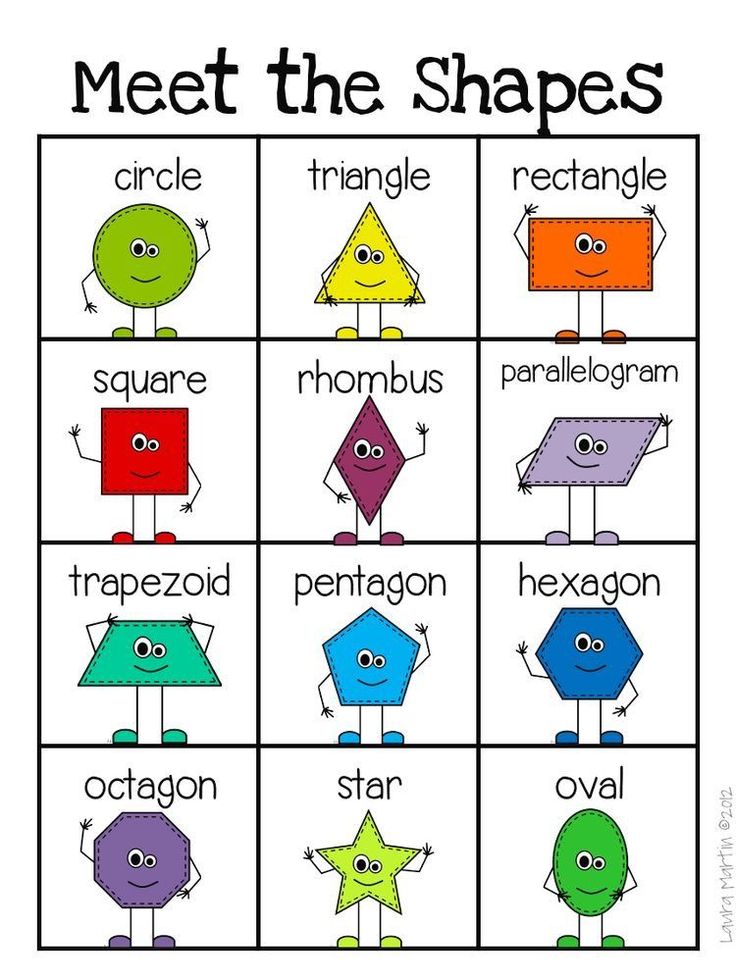
Logical thinking
Must be developed from early childhood. Logical thinking contributes to the ability to see and build patterns, analyze information, draw conclusions, consider the same situation from different angles. A person with a developed logical thinking has almost unlimited possibilities and easily adapts to various situations.
Communication skills and teamwork
Our whole life from the very first days is connected with communication, without it it is impossible to exist, therefore it is so important to develop and improve a child's communication skills as early as possible. The ability to be friends, empathize, negotiate, resolve conflicts and defend yourself if necessary. In addition, it is important to teach a child to hear, appreciate and respect someone else's point of view, to take the place of another person, to find a common language with different people - all this is about working in a team, a team.
<
Non-standard thinking and the ability to think creatively
The skill allows a person not only to adapt to changing environmental conditions, but also to find answers to questions of any complexity, generate new ideas, see and find positive even, it would seem , in desperate situations.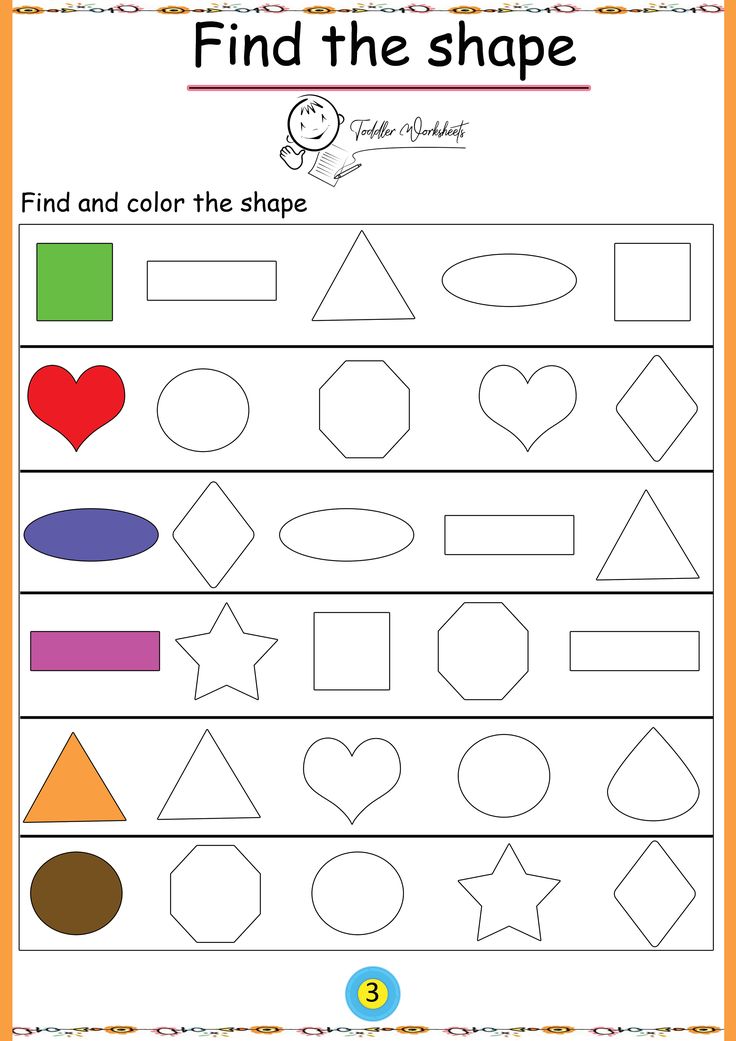
Emotional intelligence
It is important to teach a future first-grader to understand his emotions, to be able to cope with them, to talk about his feelings, to experience empathy. Without these basic skills, a future happy life without depression, apathy and neurosis is impossible. Such questions are especially acute and relevant at the beginning of schooling, during the period of adaptation, when the psychological burden on the child increases.
<
Intercultural openness
In today's world, with the opportunities of travel and online learning, it is important and necessary not only to know a foreign language, but also to be able to understand the cultures of other peoples. Know the features and respect the religion of other nations, be familiar with the traditions and honor them. This helps to find a common language with representatives of other countries.
Self-organization and time management
The skill can be useful in any area: putting things in order, managing your life, prioritizing things.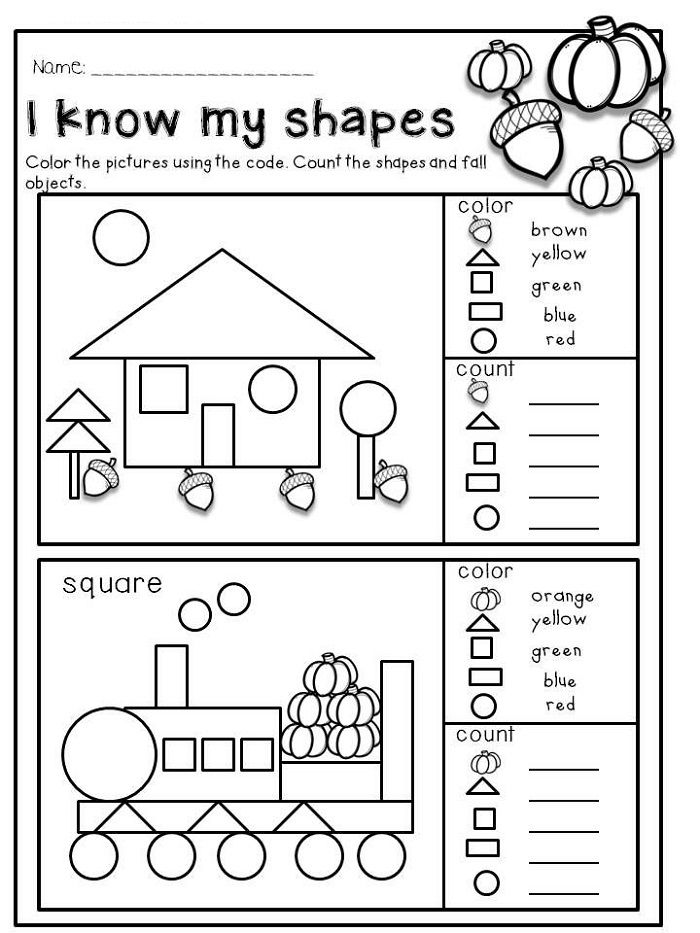 This will save the child from fatigue, stress, increase self-confidence and teach them to enjoy life.
This will save the child from fatigue, stress, increase self-confidence and teach them to enjoy life.
<
Knowledge and skills for school
Knowledge about the surrounding world
It is believed that by the first grade a child knows natural phenomena: snow, hail, lightning. The child should be able to distinguish colors, plants, animals, body parts, clothing and footwear, dishes. To test the knowledge of a preschooler, you can offer offhand to name several types of trees or migratory birds. For clarity, purchase a children's encyclopedia, look at illustrations together and discuss paragraphs.
Knowledge of time and space
Make sure that the child is guided by the hourly routine of the day, knows how to tell the time using an ordinary clock with hands, can list the days of the week and the names of the seasons without hesitation. Another important skill is to distinguish between “right” and “left”.
Mathematical knowledge
This is an important category, but it often causes problems.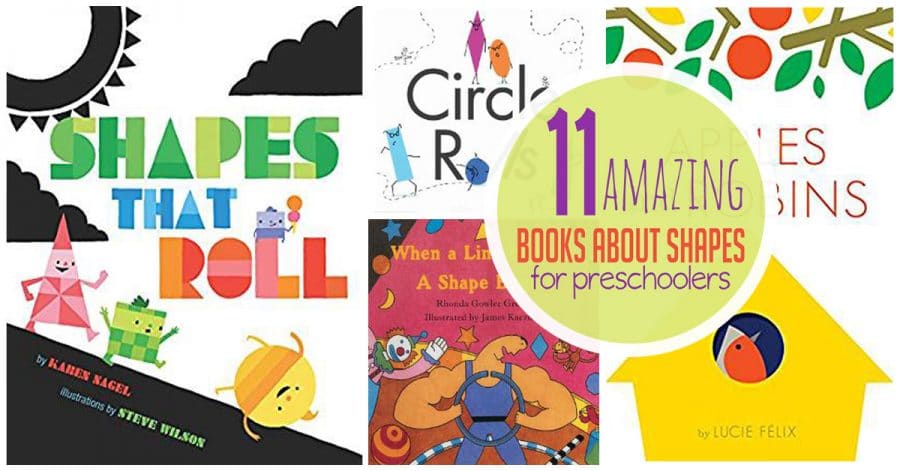 It's good if the child:
It's good if the child:
- Counts up to 100 and knows how to perform elementary addition and subtraction operations within the first ten. At least it is worth knowing the numbers 0 to 10 in forward and reverse order.
- Indicates the number of items as a number.
Distinguishes between "one" and "many". Operates with the concepts of "greater than", "less than", "equal", "up", "down".
- Able to compare objects by size, shape. It is expected that he is familiar with basic geometric concepts - a parallelepiped is unlikely to be needed, but a circle, rectangle, square is quite.
It is also important to teach the child to find patterns in order to train logic: exercises with pictures like “Find 5 differences” are perfect here.
Knowledge of reading and Russian language
A future first-grader is recommended to know the alphabet. Despite the fact that it is not officially required to be able to read, this will definitely be asked at the interview. It is easier for children who have learned to read before school to adapt: as a rule, their academic performance is higher than that of children who read in elementary school in syllables. You should not force your child to pore over books without getting out, but you can try to motivate them to read on their own.
It is easier for children who have learned to read before school to adapt: as a rule, their academic performance is higher than that of children who read in elementary school in syllables. You should not force your child to pore over books without getting out, but you can try to motivate them to read on their own.
What you need to know to get into first grade at Foxford
Our online school has several learning formats, from which parents choose the one that suits their child the most. These can be recorded or online lessons.
Since Foxford is an online school, it is important to pay attention to how well the child is familiar with the computer and whether he can type on the keyboard and also handle the mouse.
In order to be successful in elementary school, a child must have basic reading, writing, and arithmetic skills. There are no entrance tests, but the family is offered a small test to check the readiness of the child for school.
It is important to equip a learning area for a future first-grader before starting training, think over the daily routine and “pump” self-organization skills.

